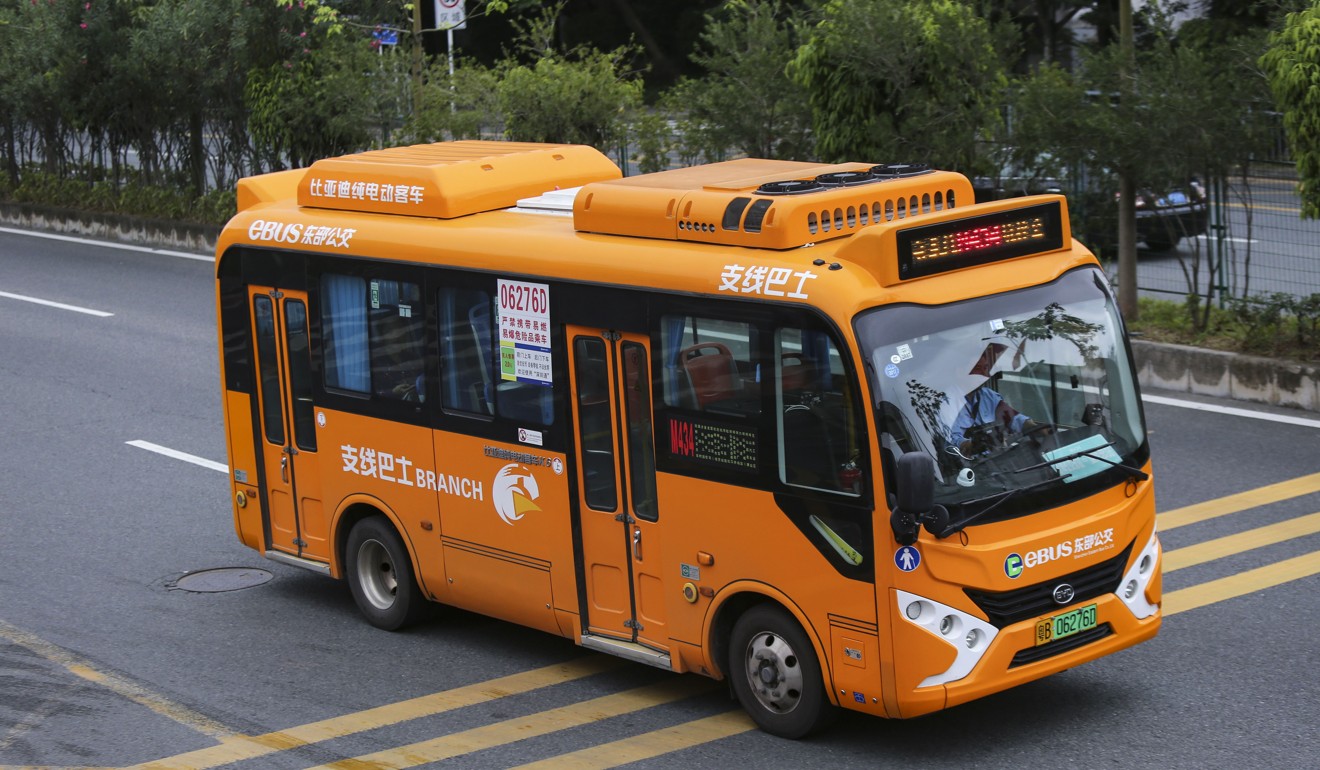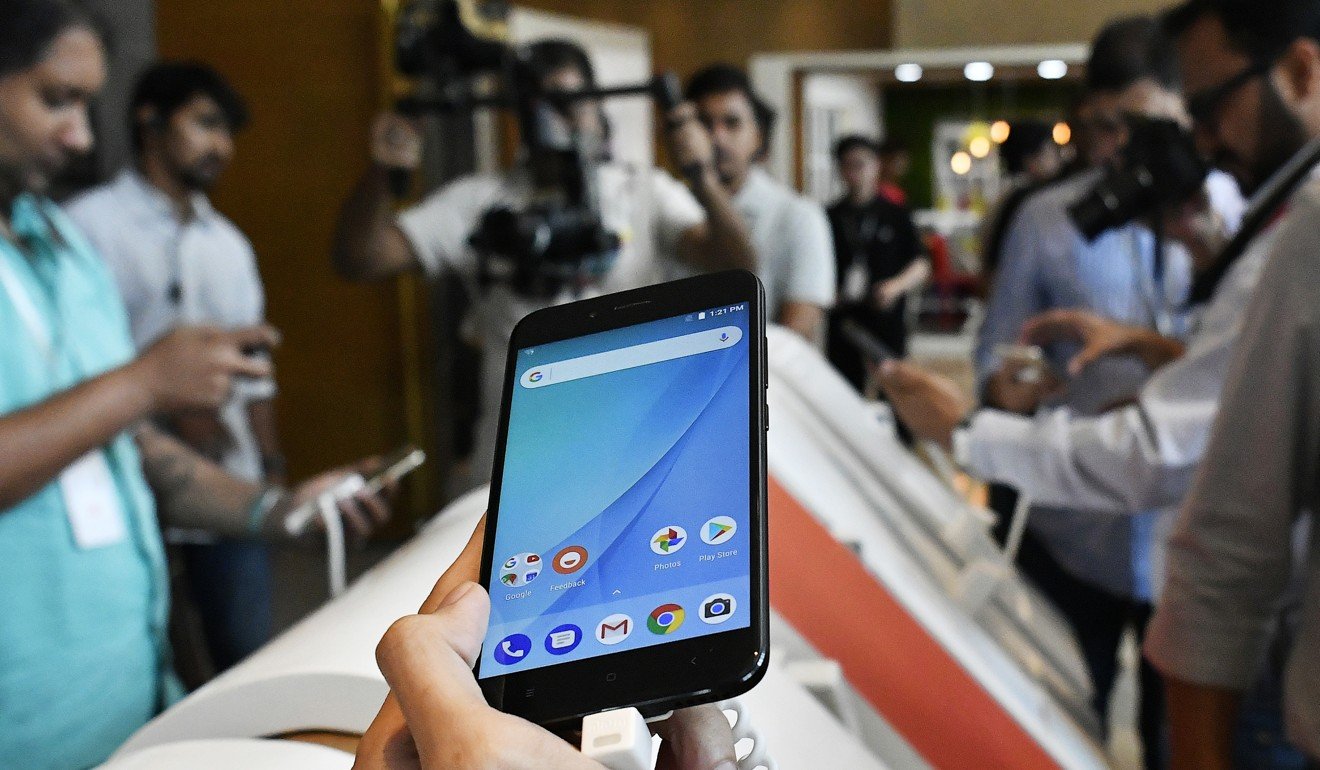
How the mainland went from ‘Made in China’ to ‘Created in China’
Government support and market knowledge have led transformation from making foreign companies’ products to developing own brands and innovation

Government support and market demand have contributed to a shift in emphasis from “Made in China” to “Created in China” on the mainland, the 2018 South China Morning Post China Conference heard on Thursday.
“In the past few years, China’s innovative environment has been the best in the world, including in terms of support from the government,” said Duane Kuang, the founding managing partner of Qiming Venture Partners, which has invested in technology companies such as Xiaomi and WeChat, often called China’s equivalent to WhatsApp.
“We don’t want the government support to be the main reason why they succeed, but that initial help is a good start.”
Chinese Premier Li Keqiang launched the “Made in China 2025” strategy for industrial modernisation in 2015, with the aim of supporting China’s transformation from a manufacturing hub into one of next-generation technological breakthroughs.

The Chinese government has also positioned Shenzhen as a centre with many innovative companies. The result is a new breed of Chinese firms that no longer only receive manufacturing orders from overseas companies such as Apple, but have created their own brands and products that are sold overseas.
One in every three exhibitors at CES 2018 in Las Vegas – one of the world’s largest such trade shows – was from China. A total of 1,551 Chinese companies registered, almost quadrupling from 400 in 2011, according to the Consumer Technology Association, which organises the show.
Just under 500 were from Shenzhen, which is also known as China’s “Silicon Valley”.
“It is no longer ‘Made in China’, it is ‘Created in China’. We have innovation in mobiles, business models and technology,” said Kuang. Xiaomi is now not only well recognised in China, but in India and Indonesia too, and will begin to tap into developed markets soon, he added.
Chinese manufacturer BYD Company manoeuvred a transition from a battery manufacturer to become one of the world’s largest makers of electric vehicles. Established in 1995, the company entered the electric vehicles market in 2003, built a factory in the US by 2007, and by 2010 had made the first electric bus, which it now sells in Japan.

“Our focus used to be on ‘Made in China’, and there was not much emphasis on ‘created’. But today, there is a huge rise of ‘created’,” said Richard Li, director of brand communications at BYD, which has more than 30 factories globally.
Our focus used to be on ‘Made in China’ … But today, there is a huge rise of ‘created’
An understanding of market needs has also helped boost China’s shift towards creation from manufacturing.
Restrictions on the number of days residents are allowed to drive in Beijing, part of an effort to limit air pollution levels, created the unique opportunity for means of transport such as electric bikes to flourish.
Qiming’s investment in electric bicycle renting is “an example of how innovation works in China, when you understand China”, said Kuang.
But companies must remain focused on resources and development to successfully grow alongside technological advances, said Hung Kwong-Yee, the chairman and chief executive of Ten Pao Group, one of the world’s largest makers of chargers.
“Everyone can see the companies in China are continuously growing,” he said. “If we have strong standards, we can use these technologies to break through.”